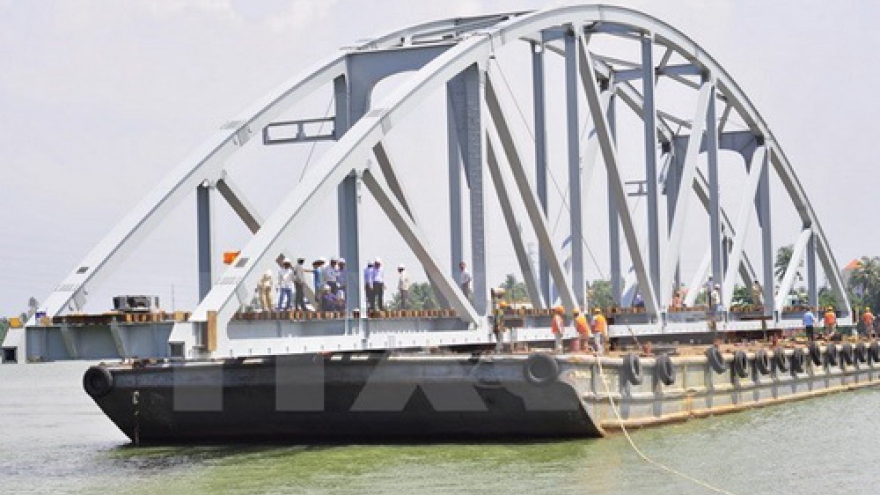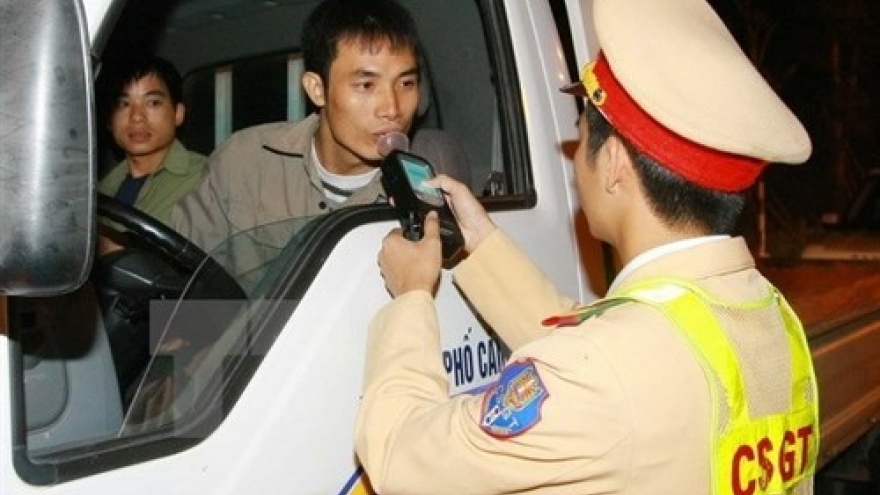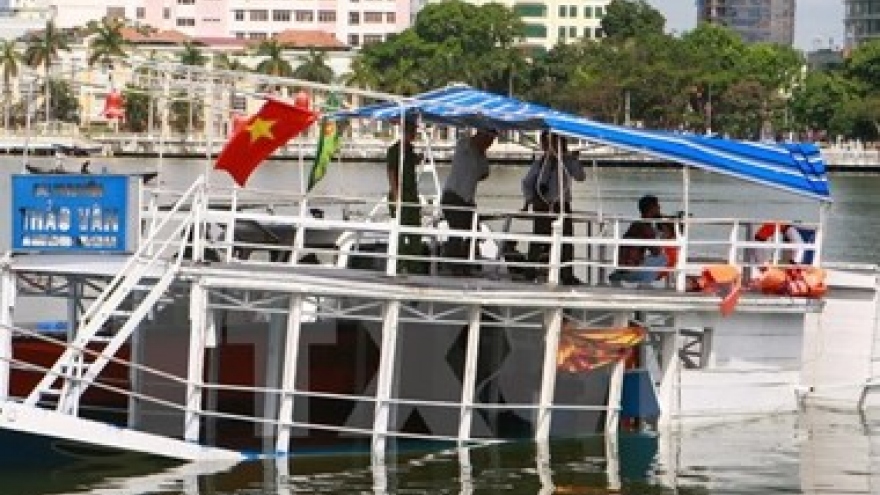Hanoi sets target to ban motorbikes from downtown by 2025
Removing motorbikes from the inner-city traffic system is one of the main goals of the master development and modernization plan of Hanoi in the next ten years.
By 2020, there will be around one million cars and seven million motorbikes in the Vietnamese capital, chairman Mai Duc Chung said at a meeting on June 27.
“This means the traffic situation in Hanoi will become extremely complicated in the next four to five years, so we really need a timely solution to this,” Chung underscored.
The chairman was speaking at a meeting to discuss development programs for the 2016-20 period, including Program 06, meant to improve the city’s traffic management, according to the government website.
 |
| Different types of vehicles cause traffic congestion on a street in Hanoi on January 30, 2016. |
Program 06 includes different projects to simultaneously develop and modernize the capital’s traffic infrastructure and gradually reduce the use of individual vehicles, particularly motorbikes.
At the meeting, the city’s leaders set a target of limiting the number of individual vehicles by 2020 to reduce congestion, with a further goal of making inner-city traffic completely free of motorbikes by 2025, according to the government website.
Hanoi will also focus on improving its infrastructure by building more tunnels, highways, bridges, bus stations and parking lots to contribute to reduced traffic pressure.
In the next five years, the capital is scheduled to put two urban railway systems into use, namely Ha Dong – Cat Linh and Nhon – Hanoi Station, and the Nam Thang Long – Tran Hung Dao railway.
 |
Vu Cao Minh, secretary of the Party Committee of Thanh Xuan District, said a complete ban on motorbikes is a tough goal to reach, newswire VietNamNet reported.
Individual vehicles in the city now include not only motorbikes, but also electric bicycles and motorcycles, the official said.
A target of cutting 50% from the number of personal vehicles by 2025 seems a more feasible goal, he added.
In the meantime, Nguyen Phi Thuong, chairman of the Hanoi Transport & Services Corporation, the city’s bus operator, urged local authorities to prepare a new bus development plan.
Hanoi currently has some 1,000 buses, which Thuong said must be increased by 1.5 times to meet rising demand.



